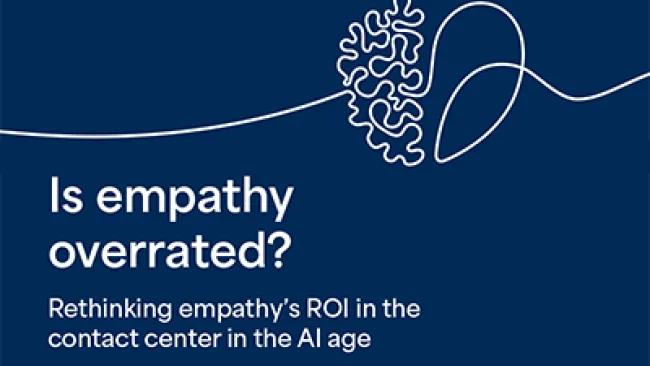A recent report, “The State of Digital Transformation,” echoes what business leaders of every stripe are realizing: digital is pervasive.
Firms are under pressure to adapt or create new business processes, models, and operations that reflect the fast, personalized, and convenient services that people have come to expect from a digital economy. Indeed, digital transformation initiatives are maturing into enterprise-wide movements. But as the report points out, technology-led decisions that fail to incorporate customer behaviors and expectations miss the mark.
Digital transformation is becoming “a Trojan horse for total business transformation,” says Brian Solis, principal analyst at Altimeter, a Prophet company, and the report’s author. “As companies go down this path, they’re realizing they need to change everything from the way the C-suite operates to the back office.” As a result, executives with a broad organizational perspective—i.e., CEOs—are increasingly taking the lead on digital transformation initiatives.
Up 35 percent year-over-year in 2018, CEOs took a more proactive role in digital transformation leadership, according to the report, which surveyed over 550 professionals and leaders. Executive boards also have an increasingly prominent role as decisionmakers and were included in the report for the first time, which is in its fifth year.
But as the pool of decisionmakers grows and digital transformation expands across the enterprise, understanding evolving customer behaviors and preferences slid to the second spot in the list of transformation drivers, while exploring growth opportunities in new markets jumped to the number one spot.
Key highlights of “The State of Digital Transformation” 2019 report:
- 85% of the companies surveyed reported that their digital transformation efforts have expanded beyond IT into organization-wide initiatives.
- Market pressures are the leading drivers of digital transformation as most efforts are spurred by growth opportunities (51%) and increased competitive pressure (41%).
- New regulatory standards like GDPR are also providing impetus for organizations to transform (38%).c
- Respondents report that digital transformation is still often perceived as a cost center (28%), and data to prove ROI is hard to come by (29%).
The downside of digital transformation
Solis attributes this development to the constant juggling act that companies must maintain between customer acquisition and retention; investments and cost centers. “Opportunities are changing so fast in a digital economy that companies may decide that they’re not in the right place or that they should be pursuing another type of customer,” Solis says.
Where companies run into trouble, he adds, is when they make decisions without fully grasping the trends that are influencing markets or taking the time to understand customer behaviors and expectations. Case in point: only 35 percent of respondents said they had been studying digital customer behavior as an indicator of which technologies to invest in. “They’re making investment decisions without necessarily understanding or having access to the data that would guide it,” Solis says.
And opportunities for brands to differentiate themselves are becoming scarce. As Forrester observes in its own research, customer experience quality has plateaued or declined for many industries and firms. One of the main reasons is that early CX initiatives targeted “low-hanging fruit to put early points on the board” but had “too little clout to force meaningful operational change.”
The good news is companies have more resources to weed out these errors in their digital transformations. Data as a Service providers and analytics tools are just a few examples of resources, Solis says, that can help companies routinely study customer behaviors, touchpoints, and journeys to make more informed decisions. And even though the road to transformation is full of obstacles and dead ends, “the worst thing a company could do is nothing.”
















